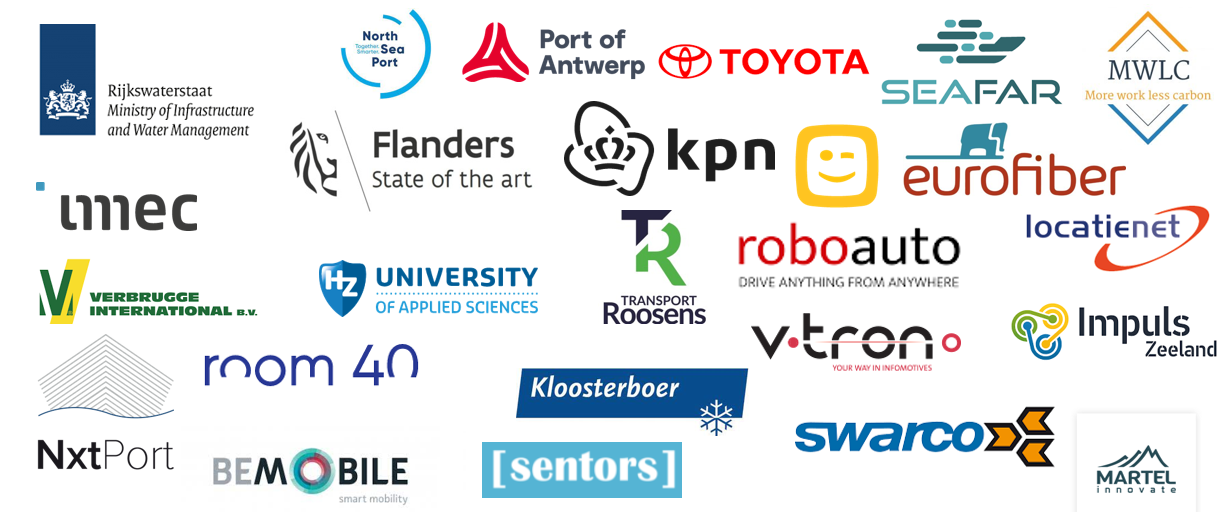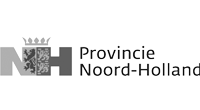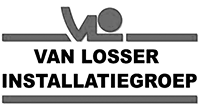5G Blueprint successfully completed
After a four-year research period, the EU Horizon 2020 project 5G Blueprint officially received its final assessment from the European Commission on June 25, 2024.
The European Commission and its team of external experts have approved all deliverables and consider all milestones to have been achieved!
This means that, according to the EC, the project has been completed!
Ale documents of the project can be retrieved from the special website of 5G Blueprint.
Objective of 5G Blueprint
Technical objectives:
-
Designing and implementing a 5G network for connected and automated mobility services with stringent requirements in terms of latency, handover time, reliability, packet loss, and throughput.
-
Developing and implementing a prototype of a teleoperated system
-
Implementing and rolling out enabling functions that guarantee the safety of remote-controlled transport and increase its value
-
Validate a 5G-supported end-to-end teleoperated transport solution in real-life scenarios in cross-border conditions.
Business objectives:
- Conducting a market analysis for 5G telecommunications
- Presenting commercial opportunities
- positioning the potential role of 5G-based tele-transportation services
- promote the introduction of tele-transport services based on 5G connectivity
Policy objectives:
- Identify regulatory issues related to the introduction of cross-border teleoperated transport based on 5G connectivity and recommend measures.
Project approach
5G Blueprint will investigate and define the following:
- The economics of 5G tools in cross-border transport and logistics, as well as in passenger transport: mapping capital expenditures (CAPEX) and operating expenditures (OPEX), both on the supply side (telecom) and on the demand side (transport and logistics), leading to the transformation of current business practices, as well as new value propositions.
- Governance issues and solutions relating to responsibilities and liability within the value chain that depends on cross-border connectivity and seamless services in relation to the Dutch and Belgian regulatory frameworks (legislation in the field of telecommunications, traffic, and experiments with Connected and Automated Mobility (CAM), contracts, value chain management).
- Tactical and operational prerequisites that must be in place to realize the full value of 5G-enabled transport and logistics. This includes implementing use cases that increase cooperative awareness to ensure safe and responsible teleoperated transport.
- Preparing and testing teleoperated and telemonitored transport on roads and waterways to alleviate the growing shortage of manpower and bring transport and logistics to a higher level of efficiency through data sharing in the supply chain and the use of AI.
- Investigate the possibilities of transporting more goods at night when there is surplus physical infrastructure capacity—reducing personnel costs would make this feasible on a cost-effective basis.
- Teleoperation will be made possible by 5G qualities such as low latency, reliable connectivity, and high bandwidth.
- The result of the project will be the blueprint for the operational pan-European rollout of teleoperational transport solutions in the logistics sector and beyond.
Contact V-tron:
Results achieved
Pilot implementations and testing will result in:
- validated end-to-end teleoperated transport with 5G
- Activating safety functions during autonomous operation
- Market Analysis of 5G-Based Transport
- Recommend actions based on regulatory issues
Challenges
- Integration of domain-specific architectures with each other
- Cross-border operation in the EU
- Robust operation during remote takeover remote takeover
- Complex business model
- Ensuring data security in all hardware and software applications



















